Poetry for Students and Tutors
Today like every other day, we wake up empty and frightened. Don’t open the door to the study and begin reading. Take down a musical instrument.
Let the beauty we love be what we do. There are hundreds of ways to kneel and kiss the ground. Rumi
I discovered the healing power and then the joy of poetry and journaling twenty-five years ago when I experienced a time of great sorrow and grief. since that day both are a part of my daily life. I read the above poem often and recite the line, “Let the beauty of love be what we do.”
Recently I began to tutor at the Moore County Literacy center and discovered that I love being a tutor. I also discovered that poetry can be helpful and encouraging to one of my students. I introduced her to a poem that is just a list of likes and dislikes based on a poem by Nikki Giovanni. My student enjoyed writing her own poem about her likes and dislikes in which she discovered new things about herself that she never expressed. She is pleased to submit it to the monthly Reflections Newsletter.
List poems are easy and enjoyable to write. One journal writing technique that I teach is just a list of 100 things… things I am grateful for, things I am good at, things I want to accomplish, places I want to visit. You get the idea, there are a million. In writing lists of 100, it’s important to just keep writing without too much thinking, it doesn’t have to be complete sentences and duplications are allowed. Amazing ideas, thoughts, dreams, plans, and feelings surface.
Lists poems can be short or long depending on the subject of the poem. Another list poem I teach is “I Remember” by Joe Brainard. It is a list of things he remembered from his childhood. It is amazing what we can remember if we make the effort and our result is a poem to cherish. Our students would not only learn about themselves, about writing a poem but would also enjoy and cherish it too.
I encourage you to write a list poem or a list of 100 things and have fun. Maybe a list of 100 fun things to do.
Iris-MCLC Tutor
Author of “Tell Your Story Walking: One Mother’s Legacy”
We had just completed our lesson when my student pulled out a comprehension piece that I had given her to help her daughter, who could read the words, but was below benchmark for comprehension. In my experience, the best way to check for comprehension is to assign a short reading containing only 4-5 actions. Then on a piece of paper, folder into the number of actions, ask them to draw what they just read. As Mom and I went over the drawings, I pointed out that there was no setting in the illustration even though it was in the text, meaning a need to work on literal detail. The girl in the text was wearing a silk dress. In the picture, she was wearing jeans and a shirt and the dress was beside her. That one needs furthering questioning to find out the reason it was separated. However, I do know that she is not questioning on her own understanding, because when the girl fell and tore the dress, the dress was still separate. At the end, the text stated that mom needed mended the red dress. Now, up to that point the dress color was irrelevant. However, good comprehension requires a “go back and fix my comprehension” action. The eye opener for me was when my student, the mom, looked puzzled as I explained the areas that needed direct instruction. She kept saying, “Me, too,” meaning she and her daughter had collaborated on the assignment. I knew that I need to go back to the directly instructed fundamentals of comprehension: visualization of text, questioning the text, and literal retells. That realization will shape my text selection and helps me to assume less with my adult students.
Linda-MCLC Tutor
Just when you think you are not getting anywhere, your student suddenly shows she has been with you all along and is finally ready to show it. After three and a half years of habitual inconsistent attendance and very slow progress, my student, on her own, set a goal of attending our sessions at least three times a month. I felt a real sense of excitement and renewed enthusiasm in our shared goal to help her achieve a comfort level in understanding and speaking English. Even with her erratic work schedule and difficult life circumstances, she was telling me that making a more concerted effort to learn English was indeed a priority, and to please not give up on her. This goal has boosted my commitment to give her all the support and encouragement she needs to succeed.
Another goal which might be more challenging to achieve is her new commitment to read at least 2-3 books a week in English to her 13 month old daughter. Although other members of her family read to her daughter in English, this is not a routine she has embraced. She seemed to understand that this reading goal would not only provide important bonding time for a child she sees very little during the day, but also expose her daughter to English on a regular basis within a mostly Spanish-speaking household. And while educating her daughter, she is also improving her own reading skills in the process.
Time will tell how successful these goals will be, but I’m encouraged by my student’s enthusiasm in setting these goals and working with me to make them happen.
Katherine-MCLC Tutor
